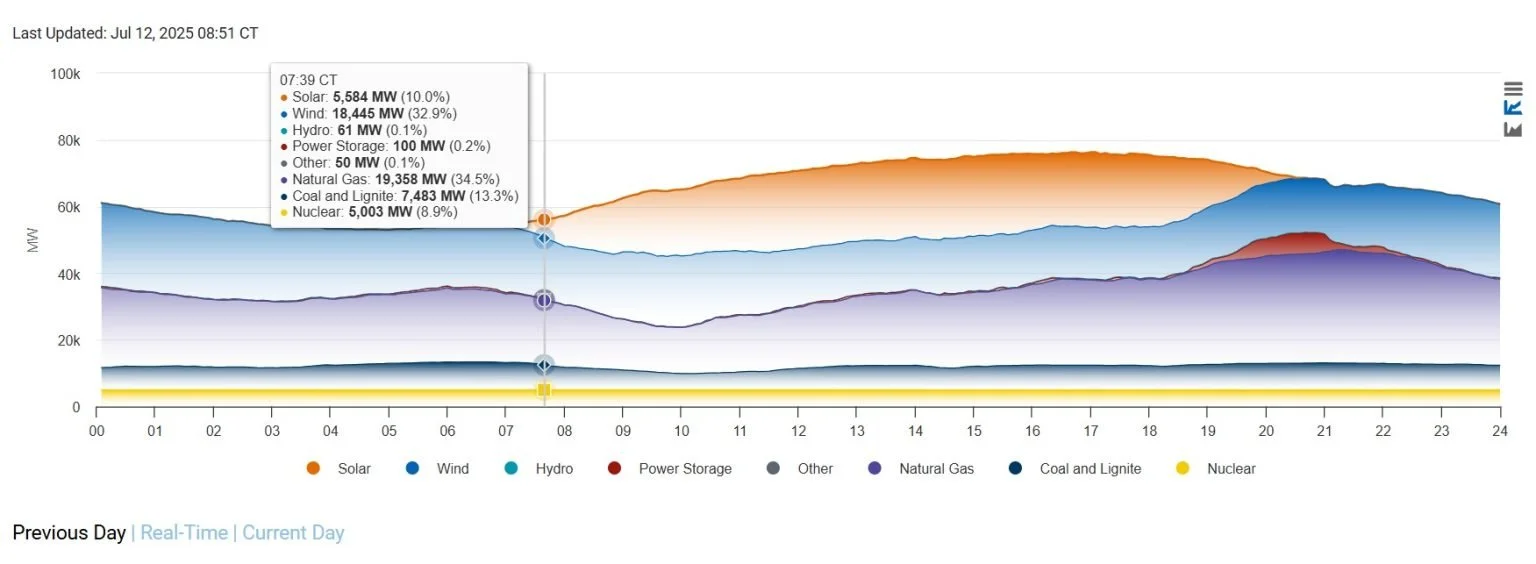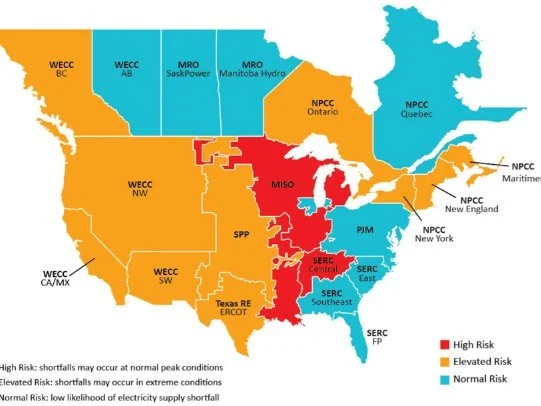Another Week of Misleading Media to Scare Americans on Climate
A Critic Answered, a Narrative Destroyed
By Steve Haner
The propensity of American news outlets to spread outright falsehoods about extreme weather and the claimed (but easily refuted) link to “climate change” has been on full display this week.
Any observant person who spends even a day driving in the Texas Hill Country can see it is one giant flood plain. If you understand geology at all, you can see indications along the streams that point to past high-water marks over not just centuries, but eons. If you can read, you’ll notice all the highway signs warning of high water on bridges, most of which also have a flood gauge attached.
The flood that struck the Guadalupe basin last week was predicted by the National Weather Service in plenty of time for action, but local officials didn’t take it seriously. Kerr County lacked an aggressive warning system and suffered the worst casualties, while other counties with sirens fired them off and saved more people. Kerr had considered a similar warning system and rejected it. Shame.
But the average media consumer this week could be left with a strong impression that no such flood had ever happened before. The records kept since people started doing so prove otherwise and even that flood had several precursors as bad or worse. The Texas summer climate that produced such floods a century ago is indistinguishable from the climate in 2025.
We had a very similar rain and flood event in downtown Richmond in 2004, and 56 years ago I personally rode through the remnants of Hurricane Camille that devasted Nelson County. A possible 1-degree Fahrenheit change in average temperature in the half century since then is meaningless. But the media soldiers on with its mission to spread fear and nonsense.
Take for example an email I received during the week from a reader unhappy with some of the articles produced here and for the Thomas Jefferson Institute on electricity mix and grid reliability. I will not include the name of the correspondent, but here is the message, citing Reuters:
“I am deeply puzzled by the repeated articles from the Jefferson Institute critical of more renewable energy in Virginia. The Institute seems to insist the renewables cause grid instability and only fossil fuels are reliable. I just read about a Reuters article about ERCOT’s heavy reliance on renewable energy sources (30.9% vs 5% in PJM) and its relative grid stability compared to that of PJM.
“In addition, the article notes that electricity prices for Texas residential customers and businesses are about 10 cents per kilowatt hour. That is in contrast to the June 2024 residential electricity rate of 15.31 cents per kilowatt hour. Can you explain to me why Texas can generate over six times more renewable energy than PJM with a 50% lower cost and greater grid reliability? Could the problem be PJM mismanagement instead of its move toward renewable energy sources?“
I typed out a few responses to him, but curiosity caused me to dig a bit deeper and if he was correct in citing Reuters, then it was another classic example of how the media spreads false and absurd nonsense. (ERCOT is the Electricity Reliability Council of Texas, its in-state grid operator. PJM is our grid operator for the middle Atlantic states.)
First, the price for retail electricity in Texas is not 50% cheaper and Reuters must know that. It is easy to check several sources but here is one that shows that Virginians and Texans on average pay similar amounts. For that month, Virginia was a tad cheaper. What Reuters may have done is cite the wholesale price for electrons only in Texas, which is a deregulated state, and then misled readers by comparing it to a retail price elsewhere. Texans also must pay for distribution and utility profits — as we do — not just for ERCOT’s wholesale power.
Then my correspondent must have been ignorant of the real generation mix in Texas. Yes, it is more reliant on solar and wind than PJM and given the geography of Texas (we’re back to that) both probably do very well on many days, better than in PJM’s territory. But ERCOT continues to rely heavily on natural gas and coal along with nuclear power.
I have captured below (also here) the generation mix for July 11 from an ERCOT website, and even at peak sun in the afternoon, ERCOT was depending heavily on hydrocarbons, and you can see the natural gas output rising late in the day. That was a good wind day overall, but there are also wind droughts when Texas wind turbines produce far less or even no electricity. Gas again carries the load on those days.
Grid reliability? The arbiter of that is the North American Electric Reliability Corporation (NERC) and it clearly rates ERCOT at more risk than it does PJM’s grid. So again, if Reuters claimed Texas’s grid was superior, it was so far off base it could not have been an accident.
The current mix of power in ERCOT may indeed reflect what PJM will look like in a decade, as more solar, wind and battery assets are added. If it does, and the engineering analysis is that will remain reliable, fine. What PJM’s energy mix must never reflect is the borderline-insane vision of the Virginia Clean Economy Act, which will mean zero natural gas, zero coal or oil, a recipe for disaster unless there is also a crash program to build nuclear reactors. That could happen, but it won’t be cheap.
But that VCEA pipe dream is what my correspondent was arguing for, and that is what Virginia law demands and will continue to demand unless Virginia voters demand a change in direction. In the middle of the storm of media falsehoods and propaganda, getting that message across will remain a challenge. I will send this to my correspondent. He, like the sophomore chorus in the coming comment string, will find a way to not believe it.
Republished with permission from Bacon’s Rebellion.




